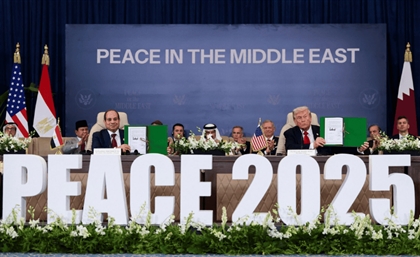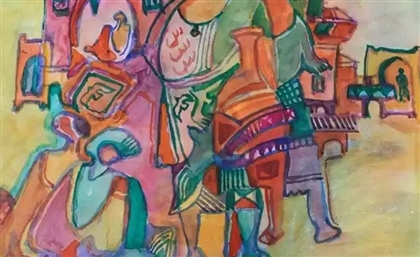The Story of Palestine’s First Female Photographer Karimeh Abbud
With an archive dating to the 1920s, Karimeh Abbud’s visual narrative encapsulates Palestinian culture before the Nakba.
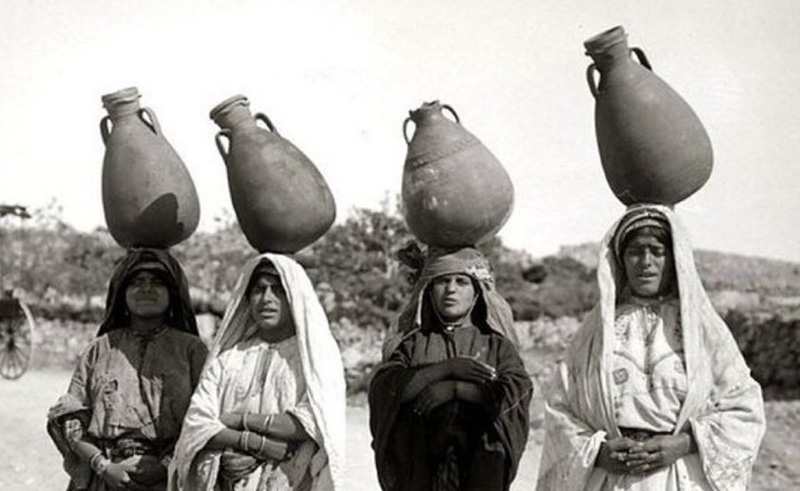
Over the past month, the world has shifted its gaze to the images and stories coming from Gaza, Palestine. Each photo is a statement, a cry for help and a call to action against the unfolding genocide waged by the Israeli occupation forces. Visual narratives, current and historic, become proof of life, existence, identity and a story of a nation reduced to rubble.
 1918, Nazareth
1918, Nazareth
Pioneering the enduring legacy of Palestinian image-makers is Karimeh Abbud, Palestine’s first female professional photographer. With an archive dating back to the 1920s, Abbud’s photos encapsulate the reality of Palestine before the Nakba in 1948, a reality deemed nonexistent by Zionist narratives.
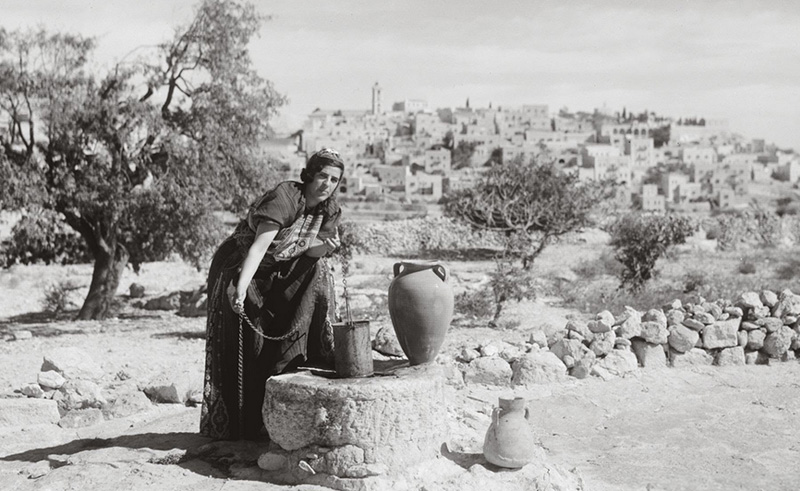 Bethlehem
Bethlehem
In 1913, Abbud was given her first camera by her father. She often accompanied her father on work trips to cities and villages, which provided an opportunity for her to take photographs in Bethlehem, Tiberias, Nazareth, Haifa and Qisarya. Her photographs capture those cities' landscapes, people and everyday life, and her portraits, so ahead of their time, revolutionised the confined nature of studio photography.
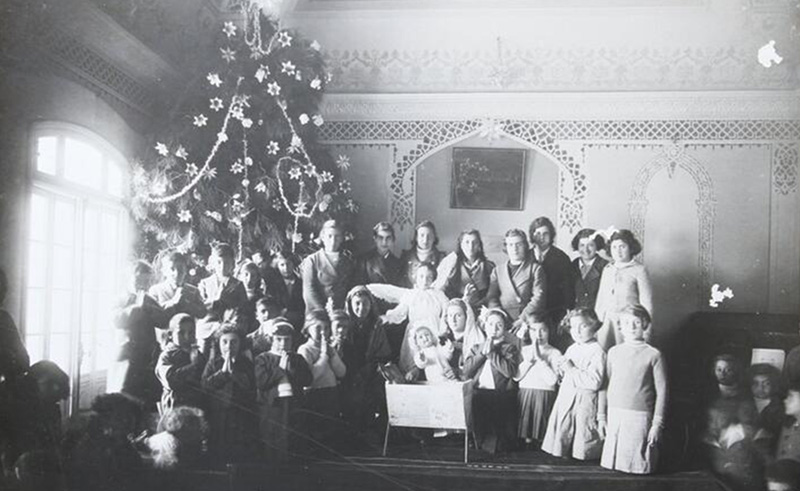 Christmas Gathering, Nazareth
Christmas Gathering, Nazareth
Abbud’s legacy, veiled in obscurity for years, resurfaced in the 21st century thanks to historian Issam Nassar and the efforts of researcher Ahmed Mrowat. The rediscovery of Abbud's albums, marked by her distinctive seal, heralded a cultural renaissance. A documentary, ‘Restored Pictures’, and a book delving into her life both underscored her profound impact. Her photographs have since been meticulously restored and showcased in exhibitions between Lebanon and Palestine.
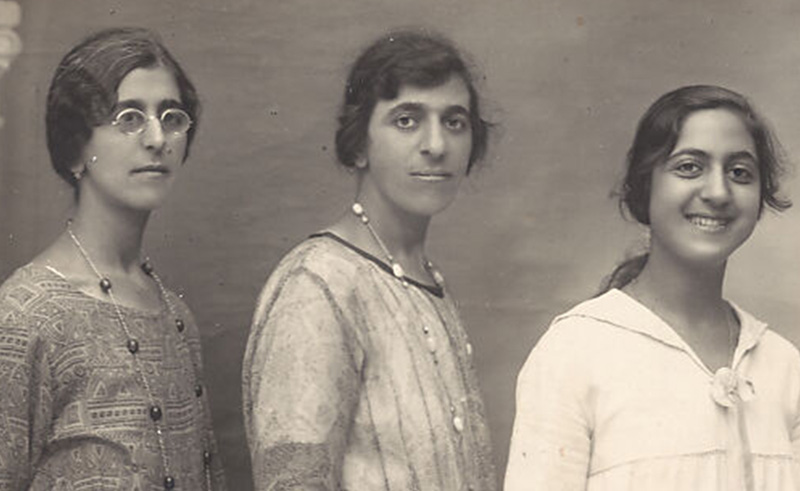 Three Women, Palestine
Three Women, Palestine
As one of Palestine’s pioneering photographers, Abbud’s work serves as a historical record capturing Palestinian lives from the early 1920s to the 1940s, not only challenging but also altering prevailing perceptions, contributing to a transformative narrative of Palestine through her lens.
- Previous Article Italian-Palestinian Duo No Input Debuts Eponymous Electro EP
- Next Article Egyptian Embassies Around the World
Trending This Week
-
Dec 23, 2025







.jpeg)

